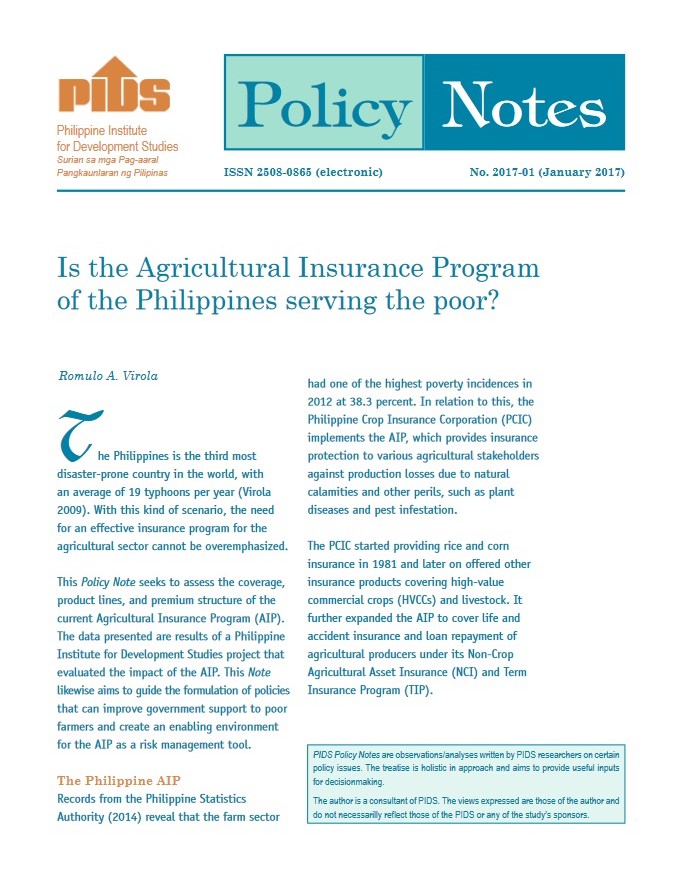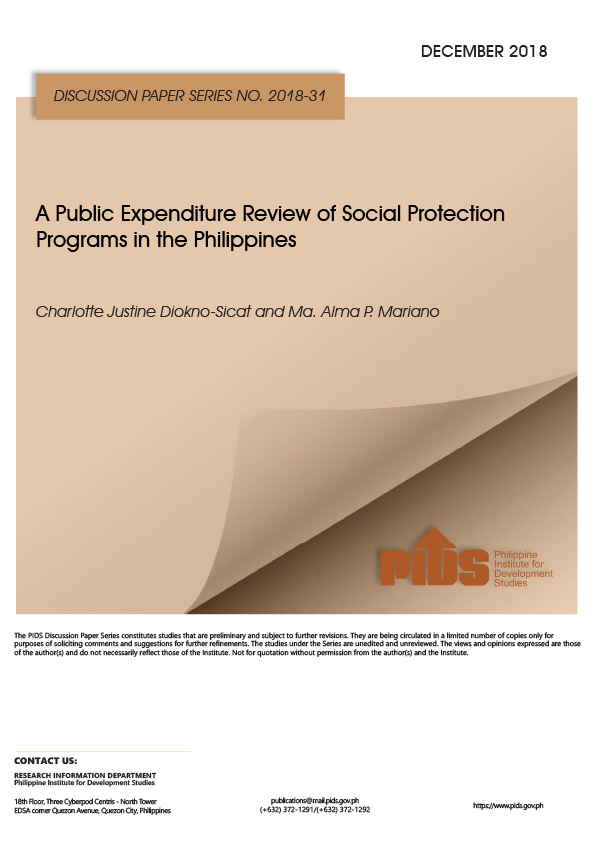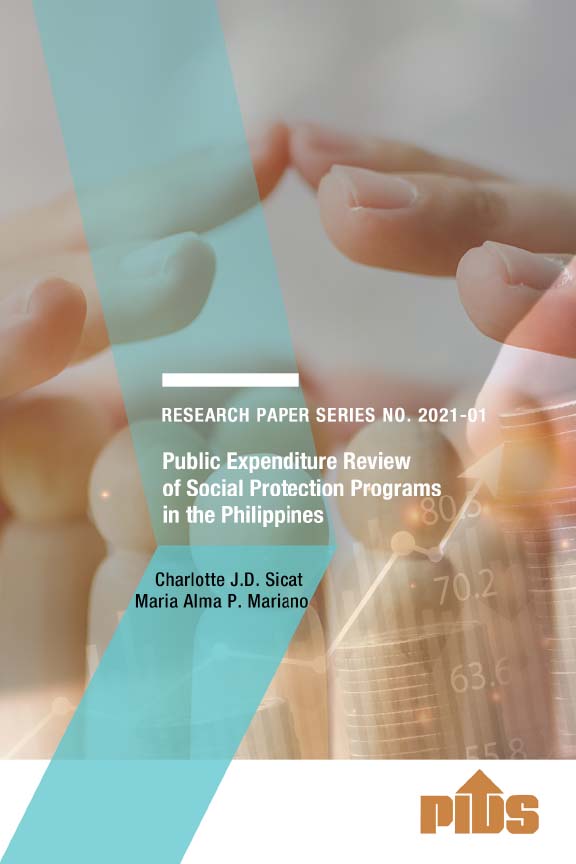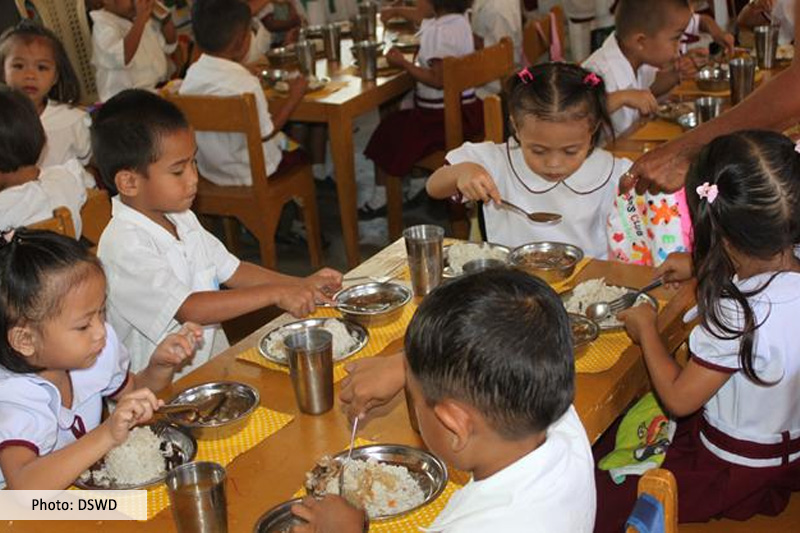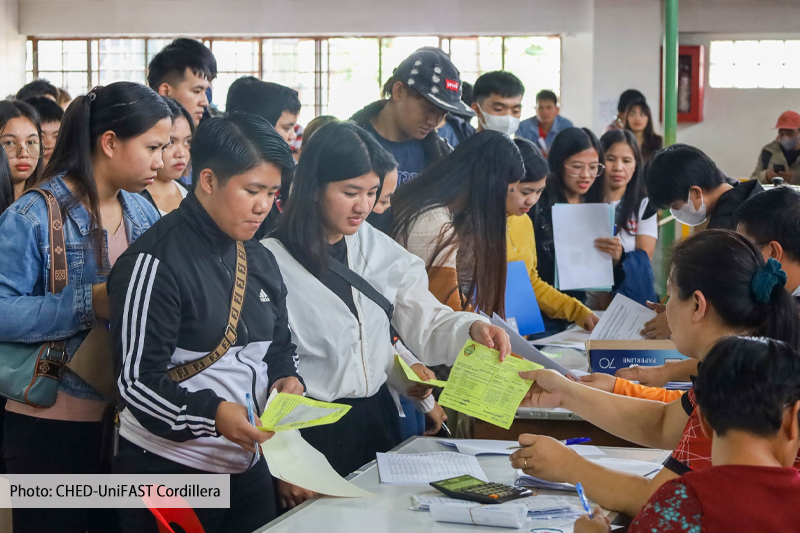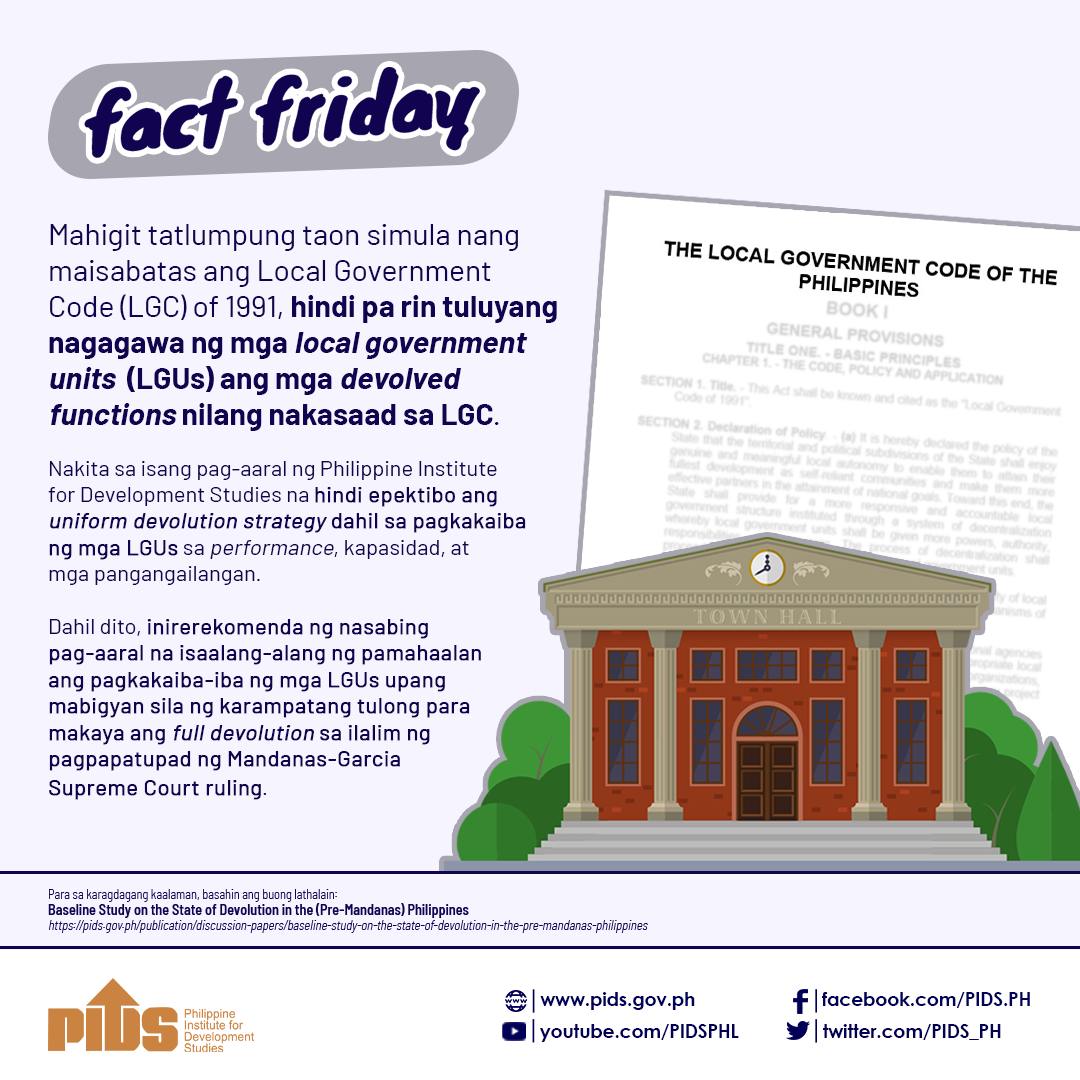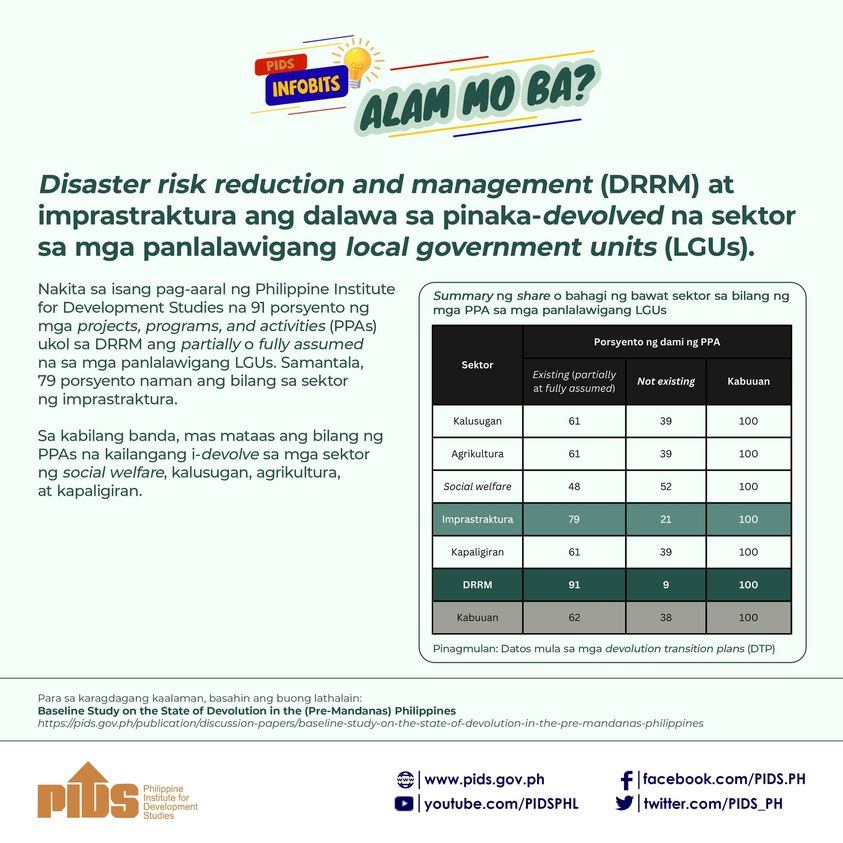An innovative way to promote agricultural insurance nationwide is to strengthen the linkage between local government units (LGUs) and the Philippine Crop Insurance Corp. (PCIC), the government’s insurance provider for farmers, state think tank Philippine Institute for Development Studies (PIDS) said.
According to PIDS research fellow Celia Reyes and research associates Adrian Agbon, Christian Mina and Reneli Ann Gloria, the collaboration between PCIC and the LGUs can increase the penetration rate of agricultural insurance among farmers.
To date, only 14 LGUs across the country have an existing partnership with PCIC, which include Isabela, Tarlac, Pampanga, Quezon, Camarines Sur, Albay, Palawan, Capiz, Guimaras, Negros Occidental, Cebu, Bohol, Agusan del Norte and Davao del Norte,” the authors disclosed.
To gain a better understanding of the implementation of the existing agricultural insurance programs of the LGUs with PCIC, the PIDS research team covered the provinces of Isabela, Cebu, Negros Oriental and Davao del Norte in its study.
The results showed that providing a premium subsidy resulted in increased enrollment of rice and corn farmers in each province.
Data collected from the study also revealed that the common goal of the insurance program in the four LGUs is to increase agricultural productivity
Two LGUs, Davao del Norte and Cebu, explicitly mentioned that the compelling reason for the provision of agriculture insurance in their LGU is climate change, while Isabela and Negros Occidental included a health component in their insurance program, aside from the product- and crop-insurance coverage.
We observed that Isabela has a unique feature in its agriculture insurance program as it included scholarships, which, to our view, is an improvement in the long-term human capital among children of farmer and fisherfolk,” the researchers shared.
The research also tackled the different modalities of the four LGUs in providing agricultural insurance. Cebu and Isabela provinces offer full premium subsidy to eligible farmers and fisherfolk, unlike Negros Occidental, which provides loan to eligible farmers, which is equivalent to 25 percent of the total premium. With this arrangement, a farmer has to pay a certain amount upon enrollment, depending on the product line, while the remaining amount will be shouldered by the province and paid for by the farmer after harvest time
In Davao del Norte the provincial government and the farmer share the payment of the premium. The farmer pays 25 percent of the total premium, while the provincial government bears the 25 percent, and the 50 percent is the subsidy from the national government.
Various modalities in the sharing schemes among the national government, LGUs and the farmers are crucial in the sustainability of the program. As to which program is better to replicate, the PIDS team still needs to study more the financial viability of each LGU program,” the authors explained.
Expand agri-insurance in PHL thru PCIC-LGU partnerships—PIDS study
Related Posts
Publications
Press Releases
Video Highlights
[No related items]

